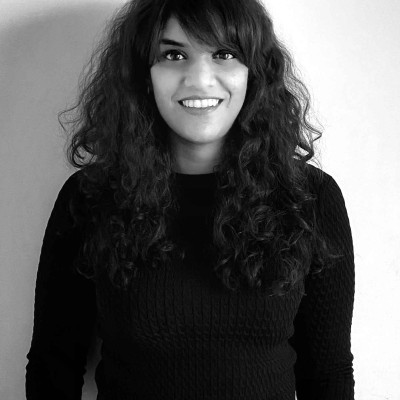5 key facts about this project
The architecture of this project is characterized by its careful consideration of both the local environment and its occupants. Natural light plays a significant role in the design, with large windows and strategically placed openings that not only enhance the aesthetic appeal but also contribute to energy efficiency. By allowing sunlight to penetrate the interior spaces, the design minimizes reliance on artificial lighting, thus promoting sustainability while creating a pleasant atmosphere for those within.
Key areas of the project include adaptable workspaces, community gathering zones, and recreational facilities. These elements have been carefully orchestrated to encourage collaboration and social interaction. The architectural design integrates open-plan layouts that can be easily reconfigured to suit various activities, enhancing the building’s usability over time. This flexibility is a unique aspect of the design, responding to the evolving nature of how spaces are utilized in contemporary settings.
Material selection is another vital component of the project's overall concept. The use of reinforced concrete provides structural durability, while natural wood elements add warmth and tactile appeal to the spaces. Facades incorporate a mix of glass and steel, creating a dynamic interplay between transparency and solidity. This combination not only adheres to modern architectural principles but also ties the design back to its geographical context by using materials that reflect local characteristics.
The project's unique design approach is evident in its integration of outdoor and indoor environments. The thoughtful incorporation of green spaces, such as terraces and gardens, blurs the boundaries between the built environment and nature, allowing users to engage with their surroundings actively. These outdoor areas are designed not merely as aesthetic enhancements but as essential components that promote wellbeing and interaction.
In addition to its functional and aesthetic considerations, the architecture prioritizes sustainability. Features such as rainwater harvesting systems and green roofs contribute to the project's commitment to reducing its environmental footprint. These elements not only serve practical purposes but also enrich the user experience by fostering an awareness of ecological stewardship and sustainable living practices.
The architectural plans and sections of this project reveal a meticulous attention to detail, showcasing how each space is designed to operate harmoniously with the others. By carefully analyzing factors such as circulation, accessibility, and user experience, the design achieves a cohesive flow that enhances daily activities within the building.
Overall, this project stands as a testament to thoughtful architectural design. It successfully balances functionality with a commitment to sustainability and community engagement, creating an environment that cultivates interaction and collaboration. Visitors and potential users are encouraged to explore the project presentation further, examining the architectural plans, sections, and ideas that contribute to this comprehensive design. Delving into these elements will provide deeper insights into how this architectural endeavor reflects contemporary needs while honoring its geographical and cultural context.


 Shamna Stranc Kizhakkum Parambil Mohammed Abdul,
Shamna Stranc Kizhakkum Parambil Mohammed Abdul,  Pranav Vivek Newaskar,
Pranav Vivek Newaskar,  Wojciech Maciej Stranc
Wojciech Maciej Stranc 























